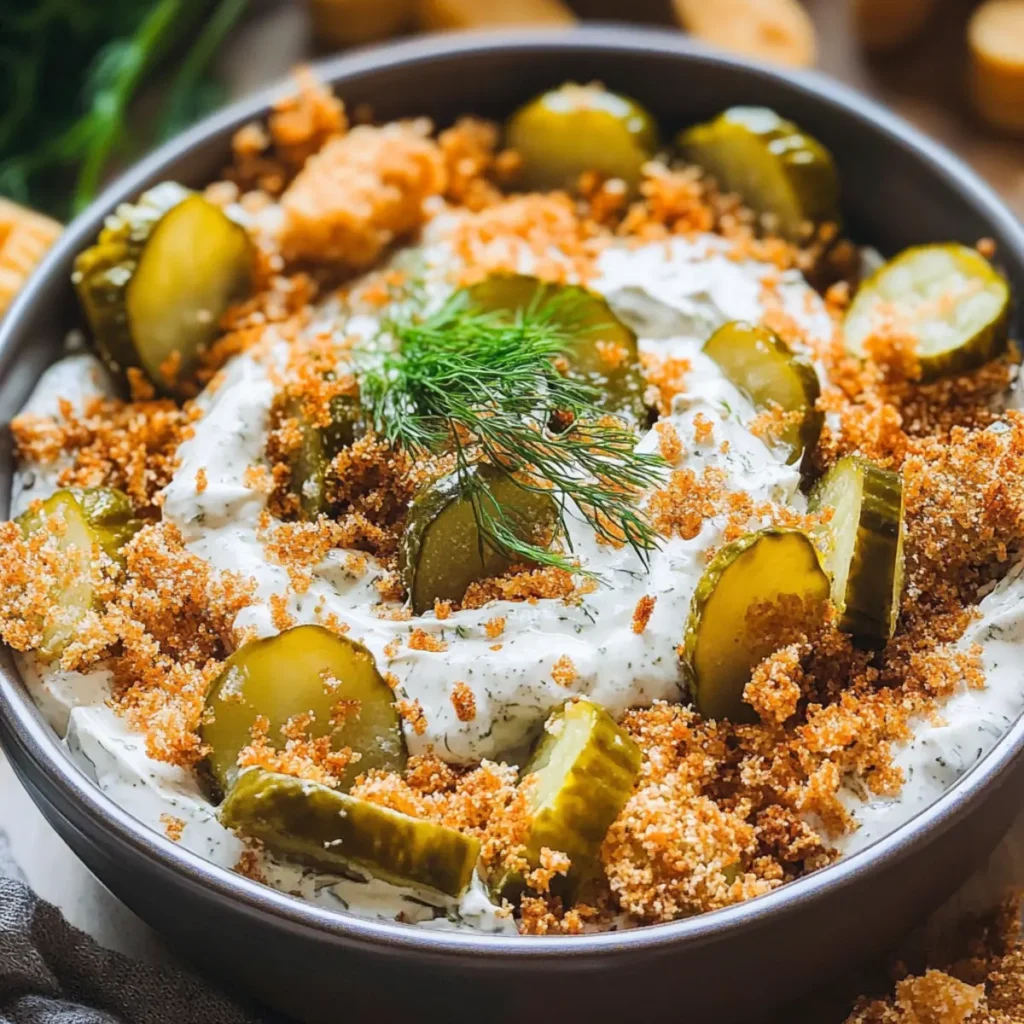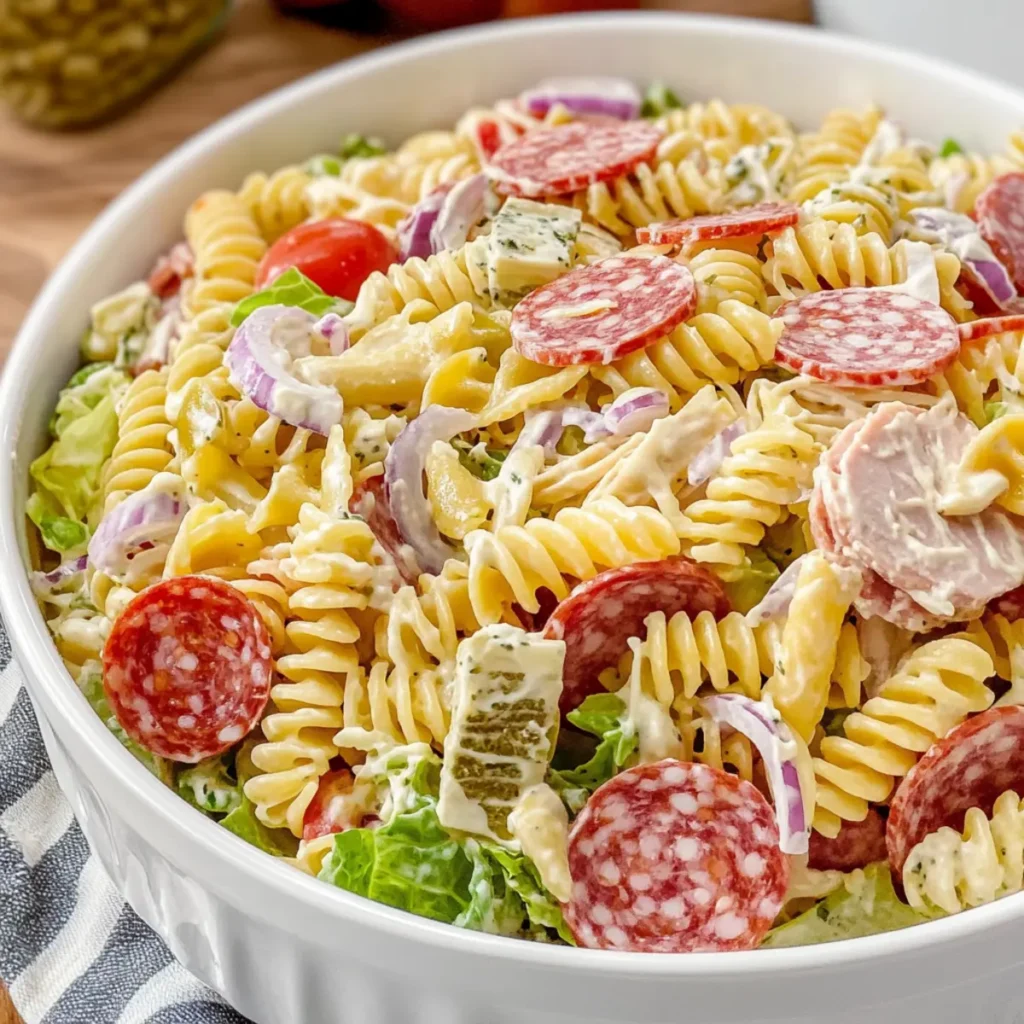Japchae, a beloved dish in Korean cuisine, is a beautifully balanced stir-fried noodle dish that combines sweet potato glass noodles with a medley of colorful vegetables, tender protein, and a savory-sweet soy sauce-based seasoning. With its chewy texture, rich flavors, and vibrant presentation, Japchae is a dish that’s as visually appealing as it is delicious.
Served warm or at room temperature, Japchae is often a centerpiece at Korean celebrations, family gatherings, and special occasions like Korean New Year (Seollal) and the Harvest Festival (Chuseok). Its versatility allows it to be enjoyed as a main dish or a flavorful side alongside other Korean favorites. Whether you’re new to Korean cooking or a seasoned chef, Japchae is a must-try dish that embodies the essence of Korean comfort food.
The History of Japchae: A Dish Fit for Royalty
Japchae’s origins trace back to the Joseon Dynasty (1392–1897), where it was first introduced as a dish for King Gwanghaegun. Unlike today’s noodle-based version, the original Japchae contained only stir-fried vegetables and mushrooms, skillfully seasoned to create a flavorful, elegant dish. The king was so impressed that Japchae quickly became a staple in royal banquets.
As the dish evolved over time, dangmyeon (sweet potato glass noodles) were introduced, making Japchae the dish we know and love today. Traditionally prepared in large batches for celebrations, Japchae symbolizes prosperity, longevity, and harmony, making it a staple at Korean holiday feasts.
Why Japchae Stands Out
1. The Perfect Harmony of Flavors and Textures
Japchae strikes a perfect balance between sweet, savory, and umami flavors. The chewy glass noodles, crisp-tender vegetables, and juicy protein come together with the rich aroma of sesame oil and soy sauce, creating an unforgettable bite.
2. A Versatile and Customizable Dish
Japchae is one of the most adaptable Korean dishes. While beef is the traditional protein, chicken, shrimp, tofu, or mushrooms can easily be substituted. It can also be made vegetarian or vegan without losing its core flavors.
3. Naturally Gluten-Free and Nutrient-Packed
Unlike wheat-based noodles, Japchae uses sweet potato starch noodles, making it naturally gluten-free. Paired with a variety of vegetables and lean proteins, Japchae offers a nutrient-dense meal that’s both satisfying and nourishing.
4. A Staple for Special Occasions
In Korea, Japchae is often served during holidays, birthdays, and festivals. Its colorful presentation symbolizes good fortune and happiness, making it a celebratory dish that brings families together.
Ingredients: A Colorful Medley of Goodness
- 2 lb thin-sliced beef (or substitute with chicken, tofu, or shrimp)
- 1 lb Korean sweet potato noodles (glass noodles)
- 3 medium carrots, julienned
- 1 large white onion, thinly sliced
- 1/2 bunch green onions, chopped
- 6 cloves garlic, minced
- 1/2 lb spinach leaves
- 4 tbsp sesame oil (divided)
- 1 tbsp olive oil
- 6 tbsp soy sauce (or tamari for a gluten-free option)
- 3 tbsp brown sugar
Directions: Crafting the Perfect Japchae
Step 1: Preparing the Noodles
- Bring a large pot of water to a boil with a drizzle of olive oil.
- Add the sweet potato noodles and cook for 5-6 minutes until soft.
- Drain and set aside.
Step 2: Cooking the Beef
- Heat a skillet over high heat and cook the thinly sliced beef until browned.
- While cooking, season with half of the soy sauce, sesame oil, and brown sugar.
- Once fully cooked, remove from heat and set aside.
Step 3: Stir-Frying the Vegetables
- In another skillet, heat olive oil and add the julienned carrots and onions.
- Cook until softened, then add the remaining soy sauce, sesame oil, and brown sugar.
- Stir in the garlic and green onions, cooking for another minute.
- Add the spinach, stirring until wilted.
Step 4: Bringing It All Together
- In a large bowl, toss the cooked noodles, beef, and vegetables together.
- Mix thoroughly to combine flavors.
- Serve warm and garnish with extra green onions if desired.
Nutritional Breakdown: A Balanced Delight
- Calories: 489 per serving
- Carbohydrates: 65g
- Protein: 22g
- Fat: 15g
- Saturated Fat: 3g
- Cholesterol: 45mg
- Sodium: 710mg
- Fiber: 6g
- Sugar: 9g

How to Elevate Your Japchae
While Japchae is already an amazing dish on its own, here are some ways to take it to the next level:
1. Add a Spicy Kick
For those who enjoy heat, adding a spoonful of gochujang (Korean red pepper paste) or a sprinkle of gochugaru (Korean chili flakes) can add a spicy depth to the dish.
2. Experiment with Different Proteins
While beef is the classic choice, you can switch it up with:
- Chicken – A leaner alternative with a lighter taste
- Shrimp – Adds a delicate seafood flavor
- Tofu – Perfect for a plant-based version
- Mushrooms – Enhances the umami flavors without adding meat
3. Add Extra Vegetables for More Color and Crunch
Enhance Japchae’s visual appeal and texture by incorporating a variety of vegetables like:
- Bell peppers – Adds sweetness and crunch
- Zucchini – Gives a mild, refreshing bite
- Bean sprouts – Provides extra texture and freshness
4. Make It Extra Savory with an Egg Topping
A fried or scrambled egg on top can add an extra layer of richness, making Japchae even more satisfying.
Frequently Asked Questions (FAQs)
1. What Are Sweet Potato Glass Noodles?
Japchae noodles, called dangmyeon (당면), are translucent, chewy noodles made from sweet potato starch. Unlike wheat noodles, they are naturally gluten-free and have a slightly sweet, neutral taste that absorbs flavors beautifully.
2. Can I Make Japchae Ahead of Time?
Yes! Japchae tastes just as good the next day. Store it in an airtight container in the refrigerator for up to 3 days. To reheat, simply stir-fry with a bit of sesame oil or microwave for a quick meal.
3. Can Japchae Be Eaten Cold?
Absolutely! Japchae can be served warm, at room temperature, or chilled, making it a great dish for picnics, potlucks, and meal prep.
4. Is Japchae a Main Dish or a Side Dish?
Japchae can be enjoyed as both a main dish and a side dish. It’s hearty enough to stand on its own but also pairs wonderfully with grilled meats, kimchi, and other Korean banchan (side dishes).
5. How Can I Make Japchae Healthier?
To make a lighter version of Japchae:
- Reduce the amount of oil and sugar in the sauce.
- Add more vegetables to increase fiber and nutrients.
- Use lean proteins like chicken or tofu instead of beef.
6. Can I Use a Different Type of Noodle?
For an alternative, you can try:
- Rice noodles – A softer option, though less chewy than sweet potato noodles.
- Whole wheat noodles – Not traditional, but a fiber-rich alternative.
- Zucchini noodles – For a low-carb version of Japchae.
7. What Can I Serve With Japchae?
Japchae pairs well with:
- Korean BBQ meats (like bulgogi or spicy pork)
- Kimchi (for a spicy, tangy contrast)
- Steamed rice (to soak up the flavors)
- Korean pancake (pajeon) as a crispy side
Why You’ll Love Making Japchae at Home
Making Japchae at home allows you to customize it to your liking, adjust the flavors, and enjoy a fresh, homemade version of this classic dish. It’s a fantastic introduction to Korean cuisine, with ingredients that are easy to find at most grocery stores or Asian markets.
Here’s why you should try it:
Easy to make – Simple stir-frying techniques with no complicated steps.
Meal-prep friendly – Tastes just as good the next day.
Gluten-free & healthy – Packed with nutrients and naturally gluten-free.
Crowd-pleaser – Great for family dinners, parties, and gatherings.
Final Thoughts: The Magic of Japchae
Japchae is more than just a noodle dish—it’s a celebration of flavors, textures, and tradition. Whether you’re making it for a special occasion or a simple weeknight dinner, Japchae brings warmth and satisfaction to the table.
With its perfect balance of sweet, savory, and umami flavors, this dish embodies the essence of Korean home cooking. It’s versatile, healthy, and incredibly delicious—once you try it, you’ll want to make it again and again.
So, gather your ingredients, heat up your skillet, and experience the magic of Japchae in your own kitchen. Your taste buds will thank you!
Print
Japchae: Korea’s Ultimate Stir-Fried Noodle Dish
- Total Time: 35 minutes
- Yield: 4 servings
Description
Japchae is a classic Korean stir-fried noodle dish featuring chewy sweet potato glass noodles, colorful vegetables, and a savory-sweet soy sauce seasoning. Traditionally served at celebrations and family gatherings, Japchae’s balance of textures and flavors makes it a must-try dish. Enjoy it as a main dish or a side—it’s naturally gluten-free, packed with nutrients, and incredibly delicious!
Ingredients
For the Noodles & Sauce
- 1 lb Korean sweet potato glass noodles (dangmyeon)
- 6 tbsp soy sauce (or tamari for a gluten-free option)
- 3 tbsp brown sugar
- 3 tbsp sesame oil
- 2 tbsp vegetable oil
- 1 tbsp olive oil
- 2 tsp sesame seeds (for garnish)
For the Stir-Fry
- 2 lb thin-sliced beef (or substitute with chicken, tofu, or shrimp)
- 3 medium carrots, julienned
- 1 large white onion, thinly sliced
- ½ bunch green onions, chopped
- 6 cloves garlic, minced
- ½ lb spinach leaves
- 1 red bell pepper, thinly sliced
- 1 cup shiitake mushrooms, sliced
- Salt and black pepper, to taste
Instructions
Step 1: Prepare the Noodles
- Bring a large pot of water to a boil.
- Add sweet potato noodles and cook for 5–6 minutes until soft.
- Drain, rinse with cold water, and set aside.
- Toss the noodles with 1 tbsp sesame oil to prevent sticking.
Step 2: Cook the Protein
- Heat 1 tbsp vegetable oil in a large pan or wok over medium-high heat.
- Add the beef (or tofu/chicken/shrimp) and cook until browned.
- While cooking, season with 2 tbsp soy sauce and 1 tbsp brown sugar.
- Once fully cooked, remove from heat and set aside.
Step 3: Stir-Fry the Vegetables
- In the same pan, heat 1 tbsp olive oil over medium heat.
- Add onions, carrots, and bell peppers, cooking for 2–3 minutes.
- Stir in garlic, mushrooms, and green onions, cooking for another minute.
- Add spinach and cook until wilted.
- Season with 1 tbsp soy sauce and 1 tbsp sesame oil.
Step 4: Assemble the Japchae
- In a large bowl, combine the cooked noodles, stir-fried vegetables, and protein.
- Add the remaining 3 tbsp soy sauce, 1 tbsp sesame oil, and 1 tbsp brown sugar.
- Toss everything together until evenly coated and well-mixed.
Step 5: Garnish & Serve
- Sprinkle sesame seeds on top for extra flavor.
- Serve warm or at room temperature and enjoy!
Notes
- Vegetarian & Vegan Version: Omit the meat and add extra tofu or mushrooms.
- Gluten-Free Adaptation: Use tamari instead of soy sauce.
- Make-Ahead Tip: Japchae tastes great the next day! Store in an airtight container in the fridge for up to 3 days. Reheat by stir-frying with a splash of sesame oil.
- Serving Suggestion: Enjoy Japchae with Korean BBQ, kimchi, or steamed rice for a complete meal.
- Prep Time: 15 minutes
- Cook Time: 20 minutes
- Category: Main Course, Side Dish
- Method: Stir-Fry
- Cuisine: Korean






